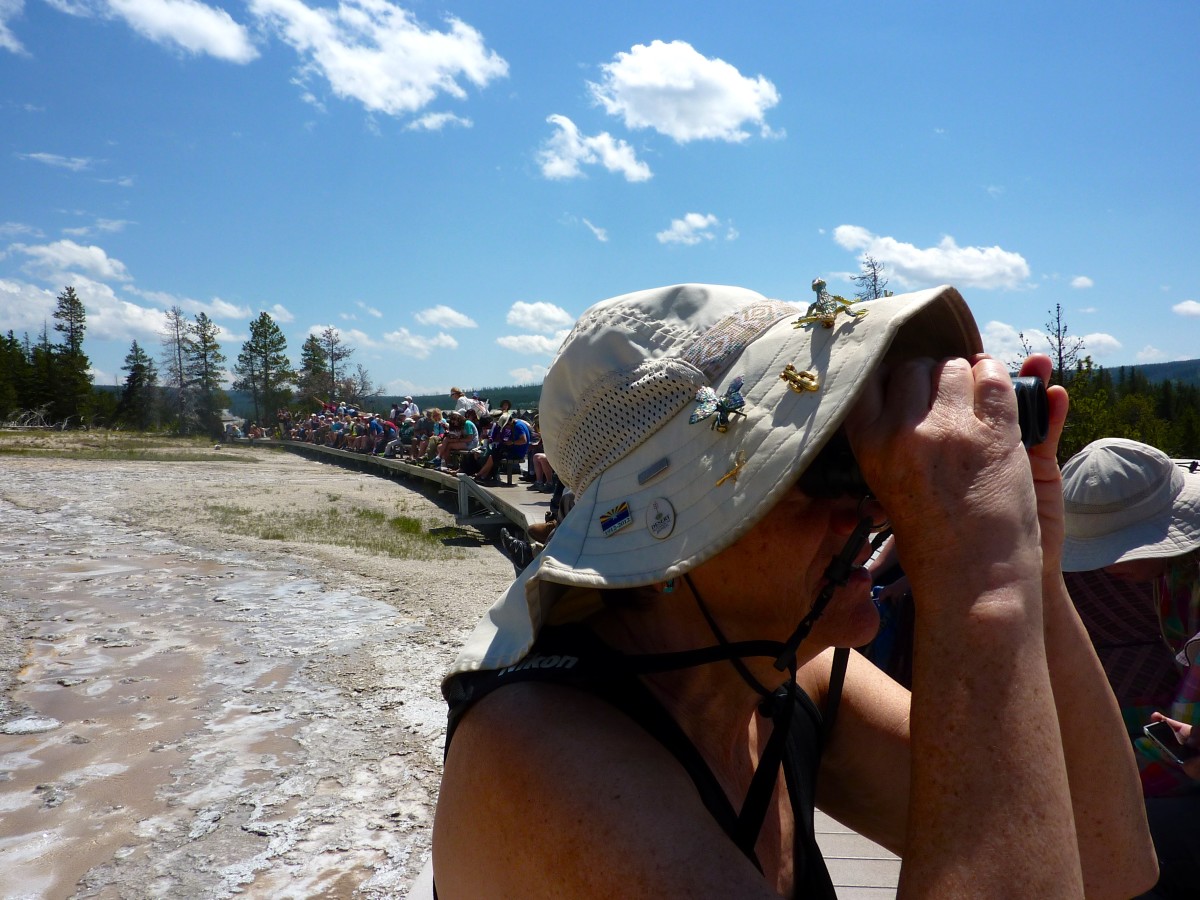I am mesmerized by Ospreys. They are . . . well, fascinating.

A fish-eating bird, sometimes called a fish hawk, Ospreys are large chocolate brown and white raptors with yellow eyes and distinct appearance.

Their wings form an M-shape as they glide or hover over water looking for fish.
Early one spring morning, I was wandering along a riparian marsh in the Phoenix area looking for birds—or whatever else might come along. I had been watching one particular Osprey.
With talons extended, it suddenly plunged into the water, rising up triumphantly grasping a fish and flying away! I was frozen in place, totally awe-struck. It is astounding that this bird can plunge, feet-first, down more than three feet into the water, catch a fish, then be able to get back up into the air and fly away with its meal.


These are Ospreys in the Grand Canyon of the Yellowstone. Every year I enjoy watching them once again rebuild their massive nests, sit on eggs, bring food for chicks, and finally the fledged young (leave their nest).


This nest near Lamar Valley is also rebuilt every year by Ospreys. It is thrilling to watch this particular nest as it is near the road and guests on my tours can easily observe them.
My first time visiting Yellowstone National Park, my partner Steve and I were at Grand Geyser with hundreds of others waiting for it to erupt. There we were, this “mass of humanity” sitting on the benches waiting. Watching. Waiting. All but me.
I was sitting totally the opposite direction of everyone else busy watching an Osprey cruising along the Firehole River. Occasionally it would hover in one spot, watching, suddenly diving down into the river after a fish. Steve caught me on camera—once again mesmerized by another Osprey. It’s now the masthead photo on my blog.



